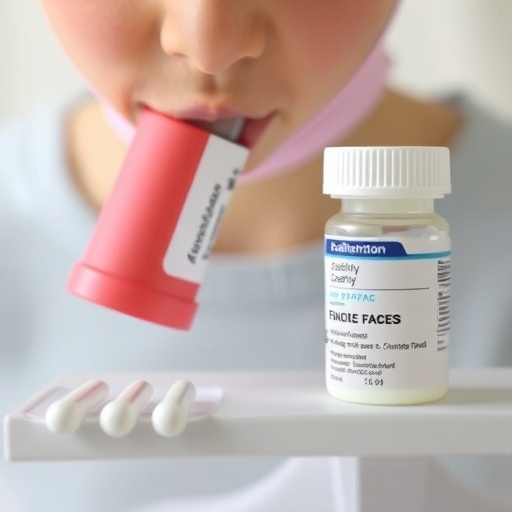Direct-to-consumer telemedicine is a viable way to deliver medical care in the days following a natural disaster, although most people who use such services do so for routine matters rather than disaster-caused illnesses, according to a new RAND Corporation study.
Examining the experience of one direct-to-consumer service in the weeks following Hurricanes Harvey and Irma during 2017, researchers found that use of the service peaked three to six days after the hurricanes made landfall.
The top diagnosis during the first month included acute respiratory illnesses and skin problems, which was similar to the trends the telemedicine service observed among all patients it treated nationally.
However, during the first week post-hurricane, telemedicine visits for chronic conditions, advice, counseling and refills, and back and joint concerns, including injuries, were more common among people affected by the hurricanes than among the other patients treated by the service. The findings are published online by the Journal of General Internal Medicine.
"Our study suggests that direct-to-consumer telemedicine is a new way to deliver routine health care to people in the immediate aftermath of a natural disaster, although it does require that certain infrastructure like cellular service and Wi-Fi remain intact," said Lori Uscher-Pines, lead author of the study and a senior policy researcher at RAND, a nonprofit research organization.
While telemedicine has been used during disasters for many years, providing care via direct-to-consumer telehealth only has become viable in recent years because of the widespread growth of smartphones and the creation of services that allow consumers to directly access thousands of U.S. physicians.
Several direct-to-consumer telemedicine companies offer patients with minor illnesses around-the-clock access to physicians via telephone or videoconferencing on their smartphone, tablet or laptop computer. Use of such services has grown rapidly, with more than 1.2 million visits reported nationally in 2015.
During the 2017 hurricane season, at least five direct-to-consumer telemedicine companies offered free visits to hurricane victims. RAND researchers analyzed the experiences of one of those providers, Doctor on Demand, during the 30 days following Hurricanes Harvey and Irma.
Researchers say a key advantage of telemedicine in disaster response is that out-of-state providers can be tapped to expand the response workforce quickly and cost effectively, so long as the cellular services and Wi-Fi infrastructure generally remains in place.
The RAND analysis found that 2,057 people affected by Harvey and Irma used Doctor on Demand services, with 63 percent of those being first-time users of the service. Physicians located outside the affected states handled slightly more than half of the visits.
"Relying on direct-to-consumer telehealth services may help relieve the immediate burden on local health care system so that limited in-person care resources can be reserved for those patients with the greatest need, Uscher-Pines said. "Our study illustrates the emerging role for direct-to-consumer telemedicine in disaster response."
Support for the study was provided by RAND and the National Institutes of Health. Other authors of the study are Dr. Shira Fischer and Rosalie Malsberger of RAND, Dr. Ian Tong of Doctor on Demand, Dr. Ateev Mehrotra of the Harvard Medical School, and Dr. Kristin Ray of the University of Pittsburgh School of Medicine.
RAND Health is the nation's largest independent health policy research program, with a broad research portfolio that focuses on health care costs, quality and public health preparedness, among other topics.
###
Media Contact
Warren Robak
[email protected]
310-451-6913
@RANDCorporation
http://www.rand.org




